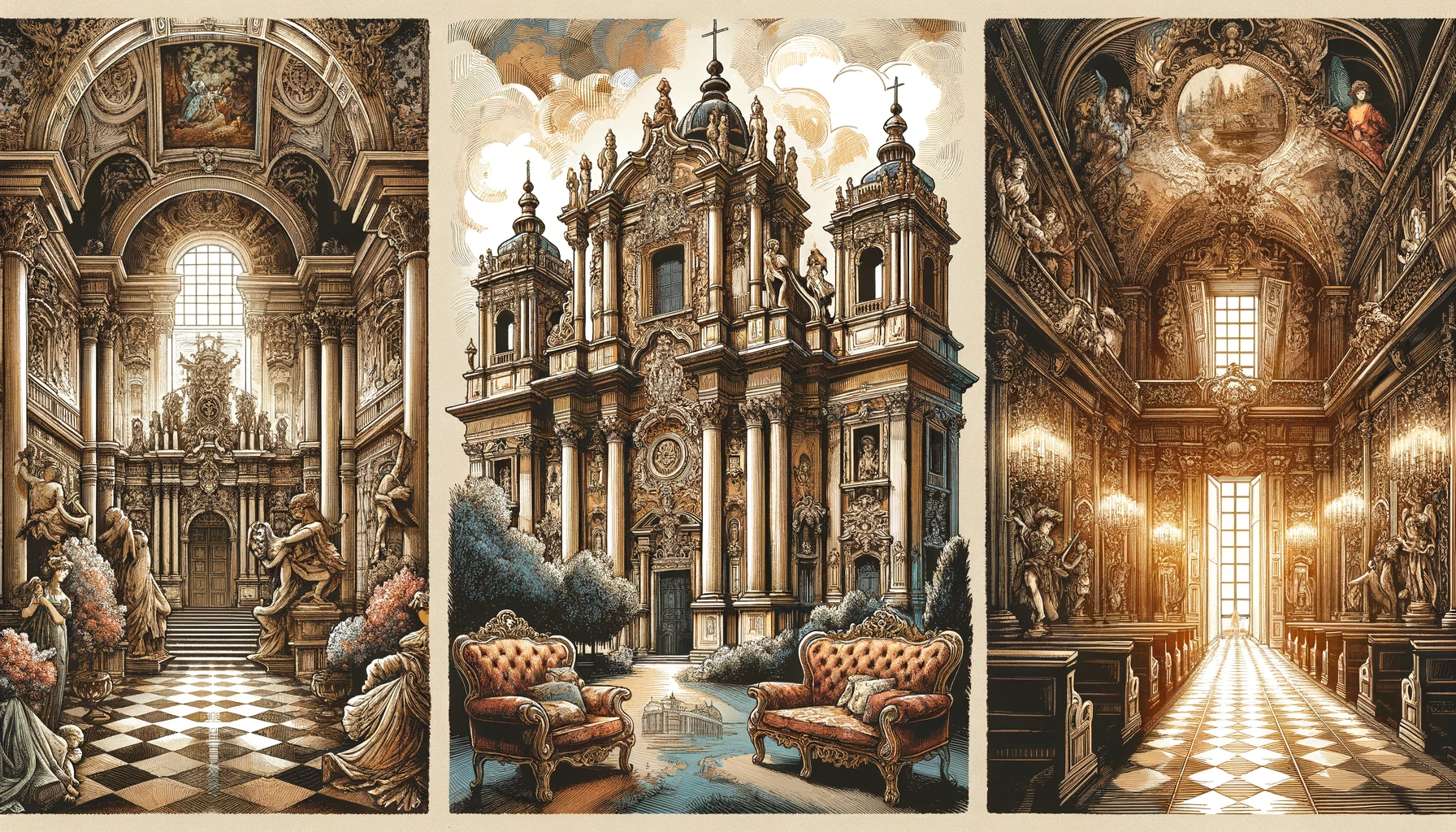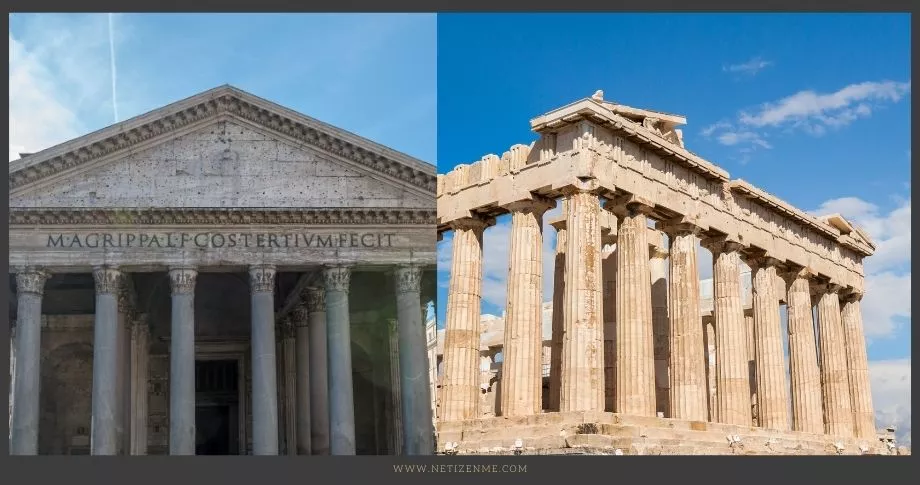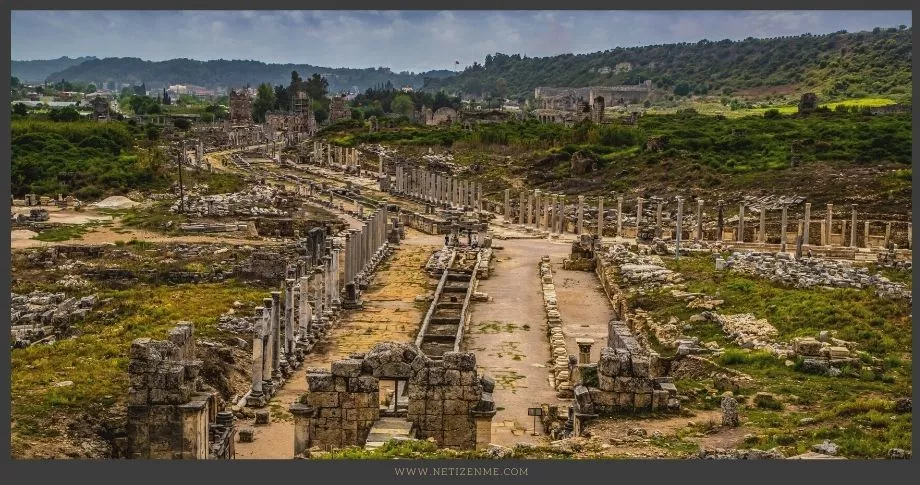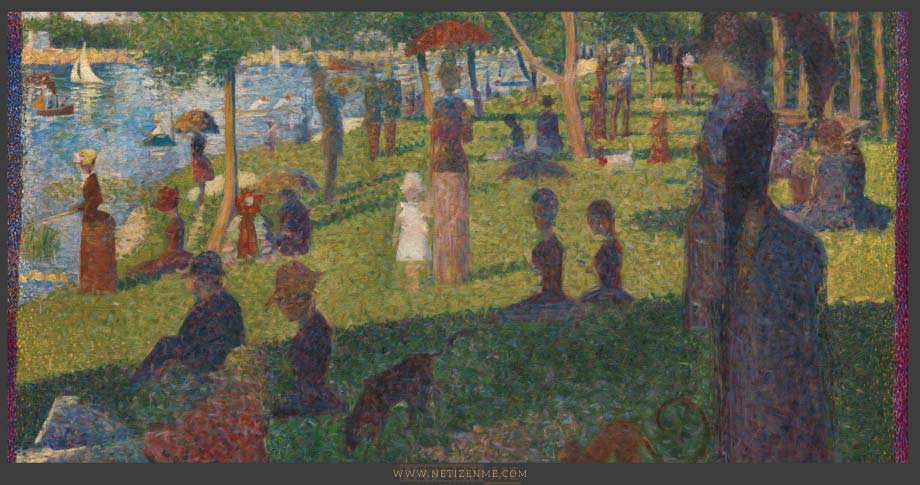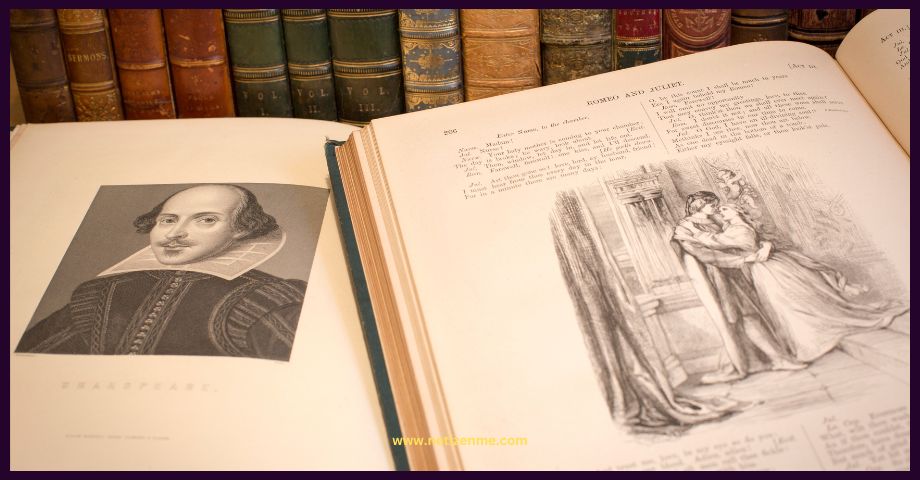Baroque art and architecture flourished in Europe from the late 16th century through the 18th century. This style is known for its exuberance, grandeur, and emphasis on contrast and movement. In this blog post, we will explore the distinct characteristics of Baroque styles as they developed across various European regions, including Italy, France, Spain, and the Netherlands.
Introduction to Baroque Styles in Europe
Italian Baroque Brilliance
Italy: The Birthplace of Baroque
Italy, the cradle of Baroque, offers some of the most spectacular examples of this style. Italian Baroque is marked by dramatic use of light and shadow, bold forms, and elaborate ornamentation. Architects like Gian Lorenzo Bernini and Francesco Borromini broke away from the Renaissance symmetry to create fluid, dynamic spaces. Bernini’s St. Peter’s Square design, with its expansive colonnades, is a perfect example of this dynamic approach.
French Baroque Elegance
The French Interpretation
In France, Baroque architecture developed a more restrained and formal variation known as Classicism. Louis XIV’s Palace of Versailles epitomizes French Baroque with its harmonious lines and majestic scale. The palace’s Hall of Mirrors, with its intricate light play and ornate details, reflects the absolute power and control that characterized the French monarchy during this period.
Baroque in the Spanish Realms
Spain’s Dramatic Contributions
Spanish Baroque is distinguished by its intense emotional appeal and blend of Renaissance and Moorish influences. Chiaroscuro and polychromy are prominent in Spanish churches and palaces, as seen in the works of José Benito de Churriguera, who led the Churrigueresque style. This style often featured highly decorative, intricate sculptures and altarpieces that evoke spiritual fervor.
Dutch Baroque: A Unique Perspective
Contrast in the Netherlands
The Dutch version of Baroque, often seen in painting, diverges significantly from its European counterparts. Focusing on realism and attention to detail, artists like Rembrandt and Vermeer captured everyday life with a richness and intimacy that contrasted sharply with the grandiose and idealized scenes typical of Italian and French Baroque. This approach reflected the democratic and mercantile spirit of the Dutch Republic at the time.
Conclusion: The Lasting Impact of Baroque
In conclusion, the Baroque style throughout Europe represents a significant chapter in the history of art and architecture. From the dramatic flair of Italy and the controlled grandeur of France to the intense emotionality of Spain and the detailed realism of the Netherlands, Baroque has left a lasting legacy. Each region adapted the basic principles of Baroque to reflect its own cultural and political ideals. This exploration highlights the diversity within Baroque art and underscores the style’s enduring influence on European culture.
This article is written by:
Our professional writers and editors are passionate about sharing high-quality information and insights with our audience. We conduct diligent research, maintain fact-checking protocols, and prioritize accuracy and integrity to the best of our capacity.
You can cite our articles under the author name "Netizenme"
